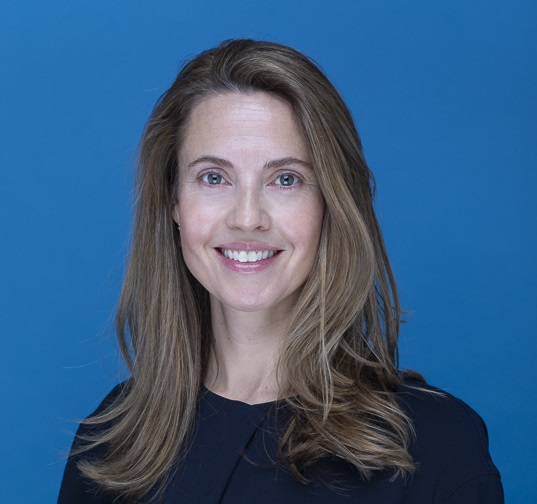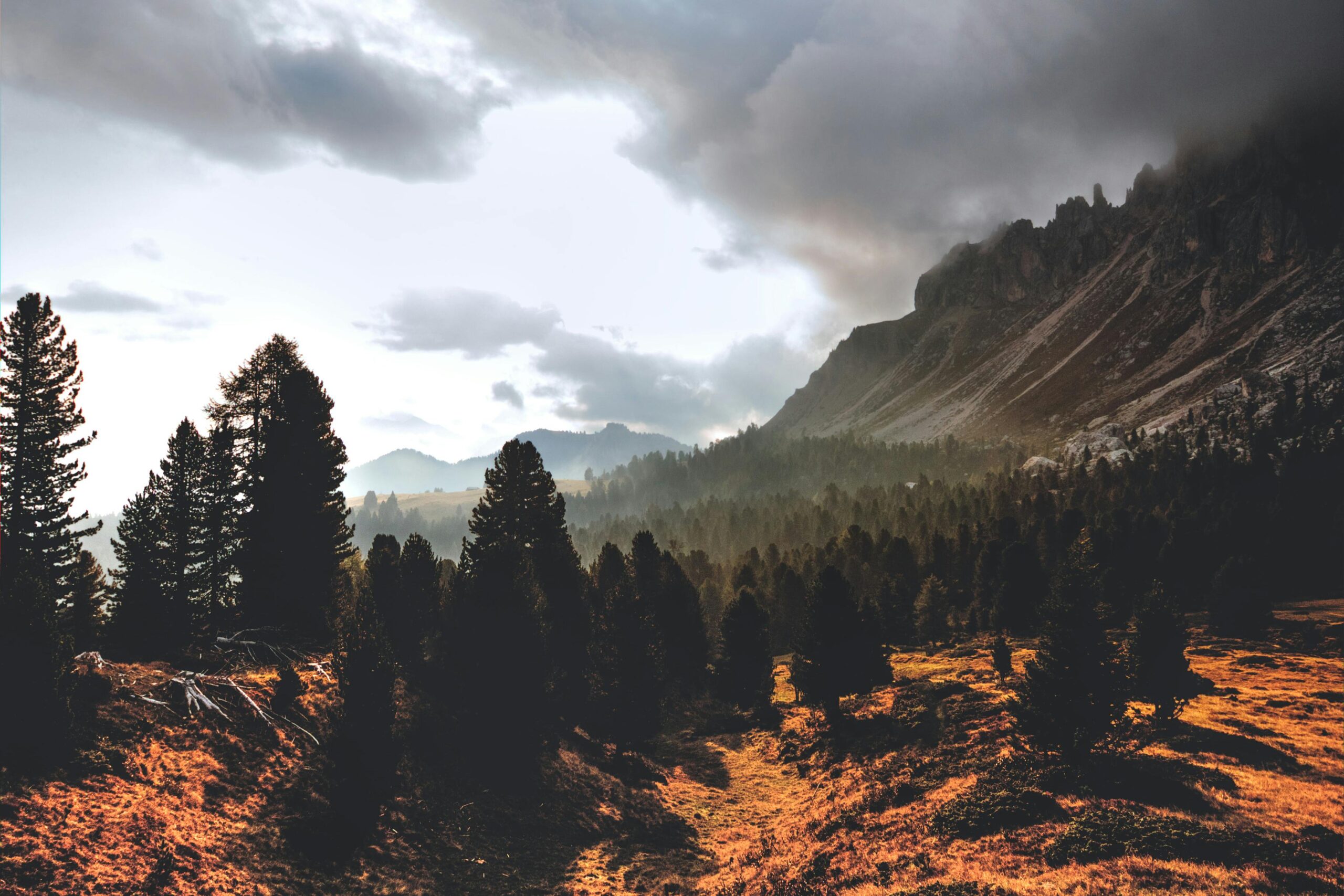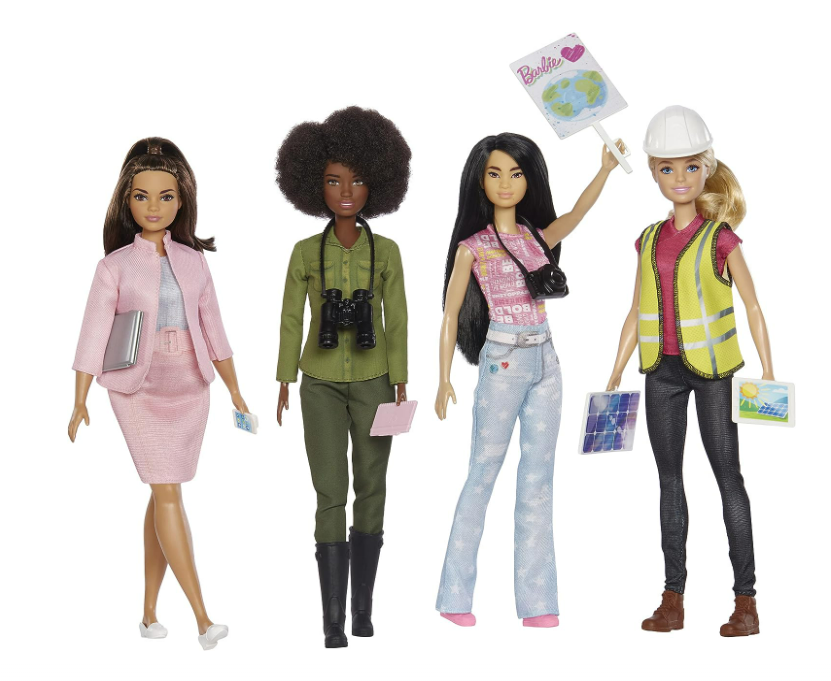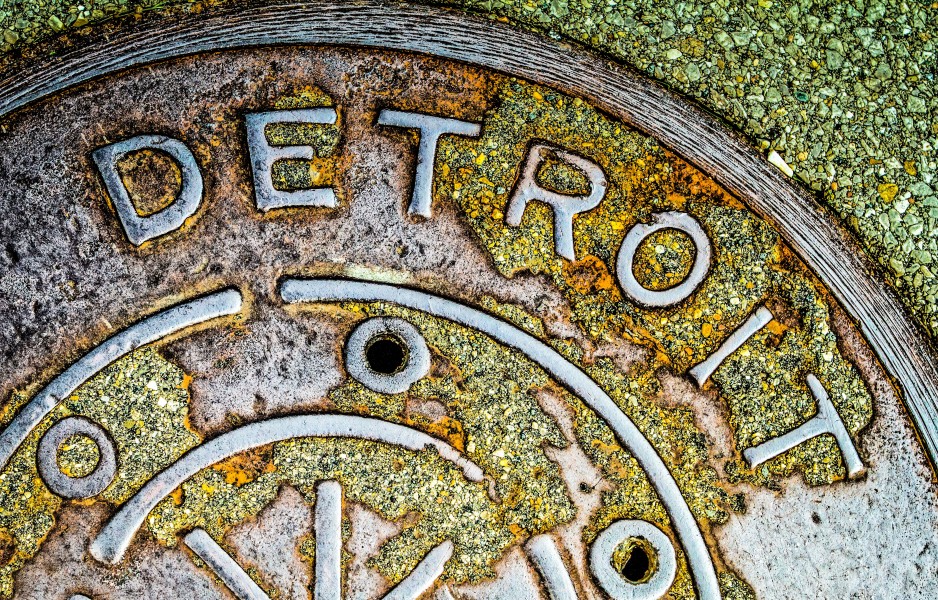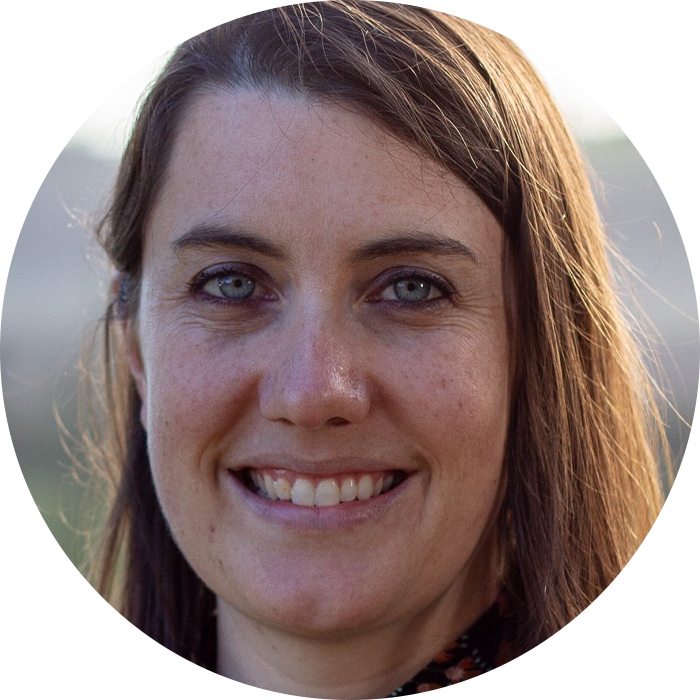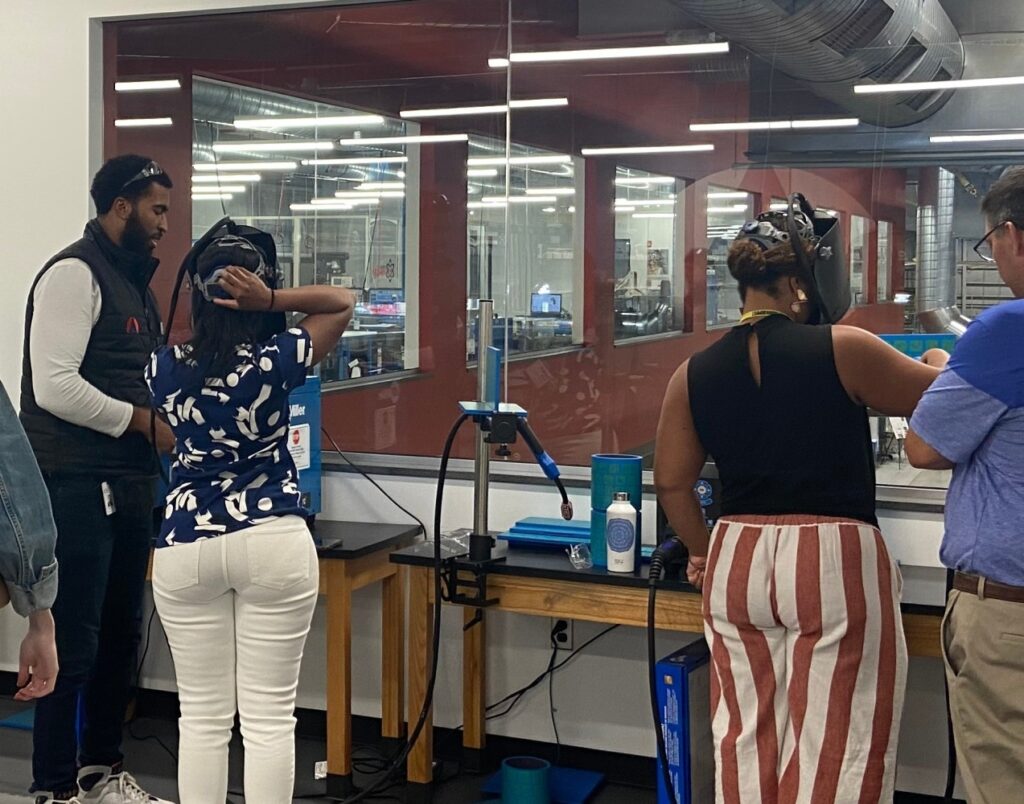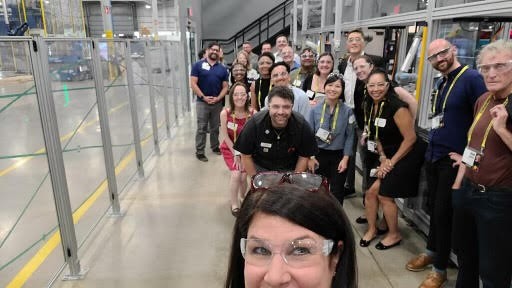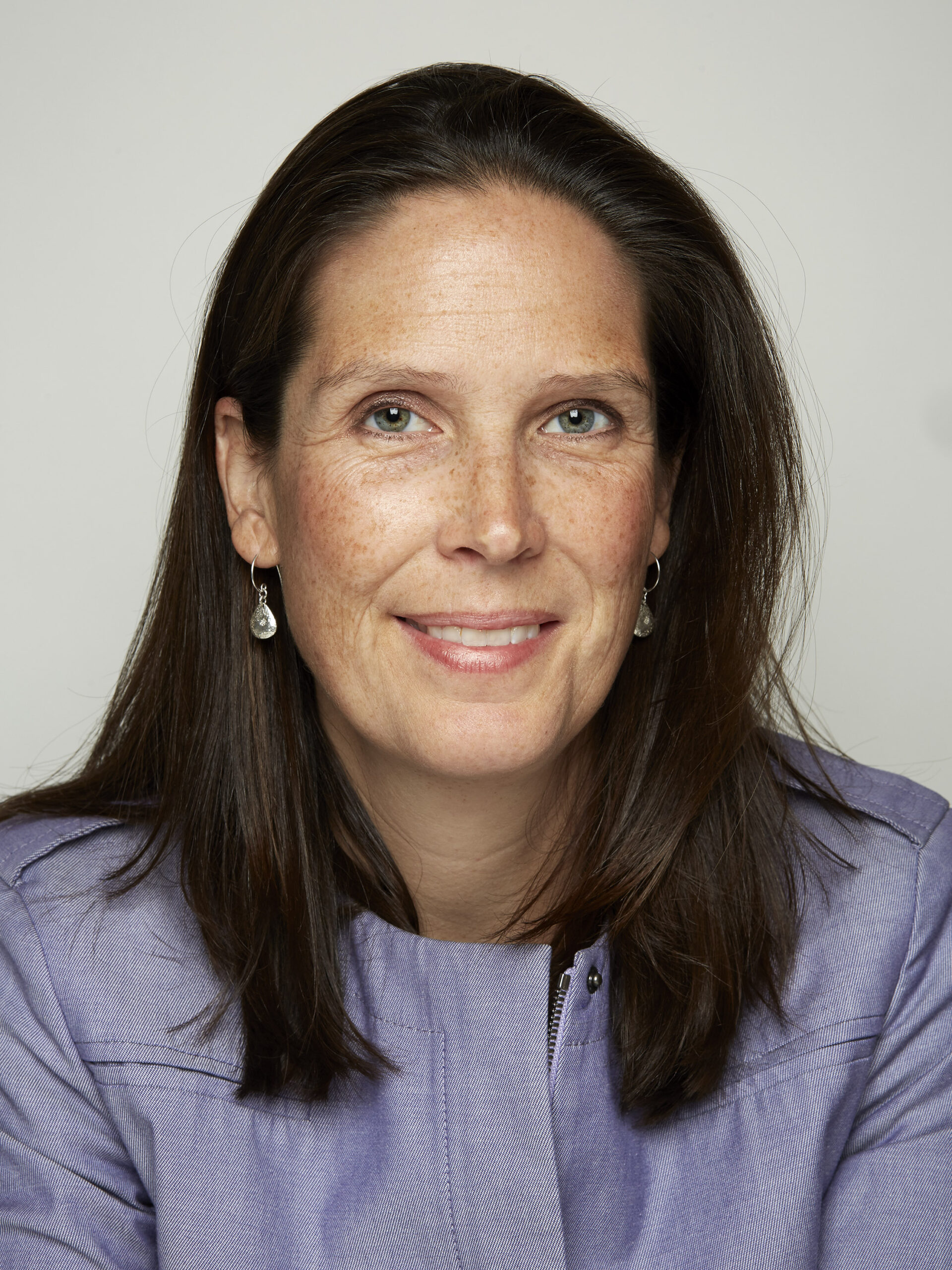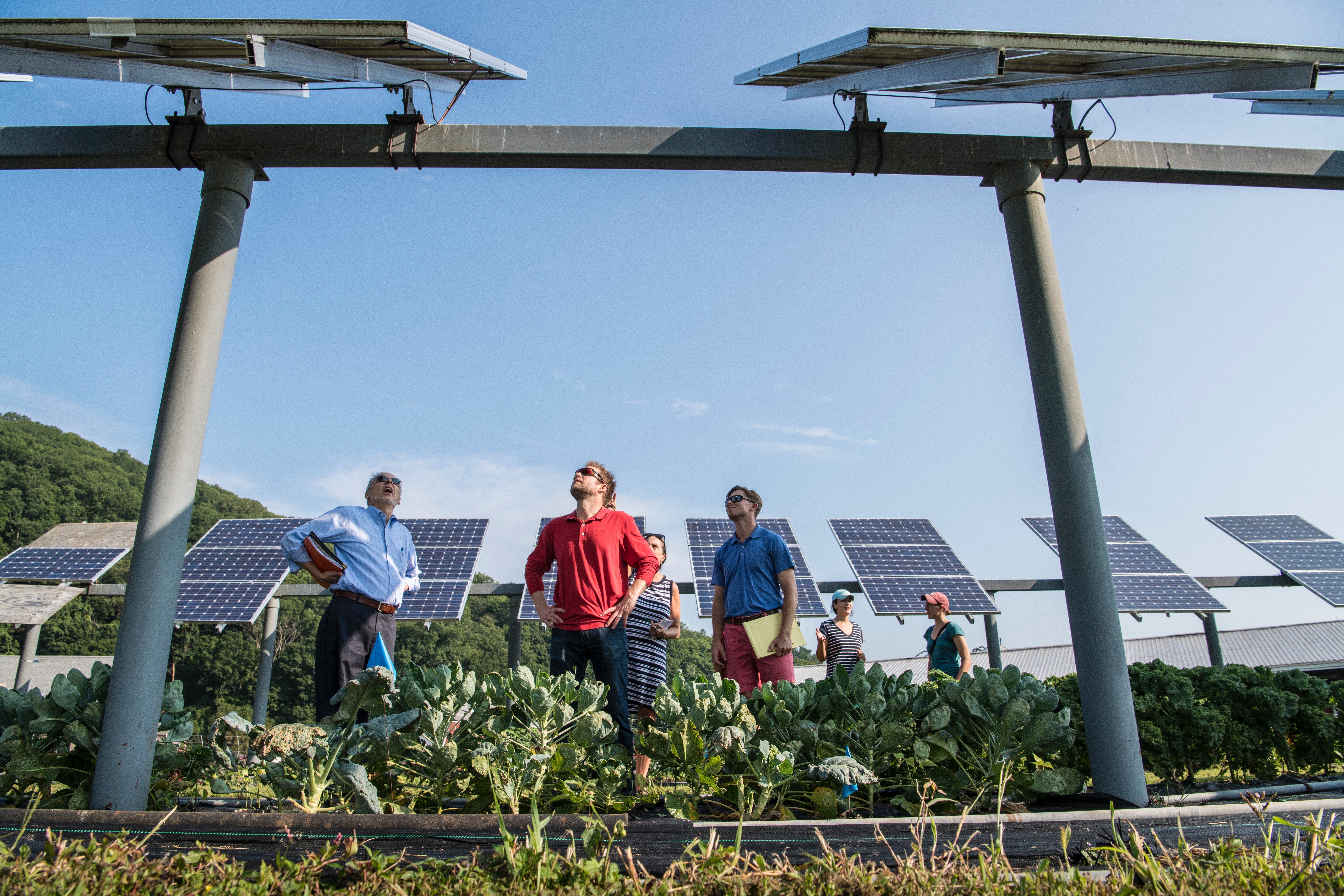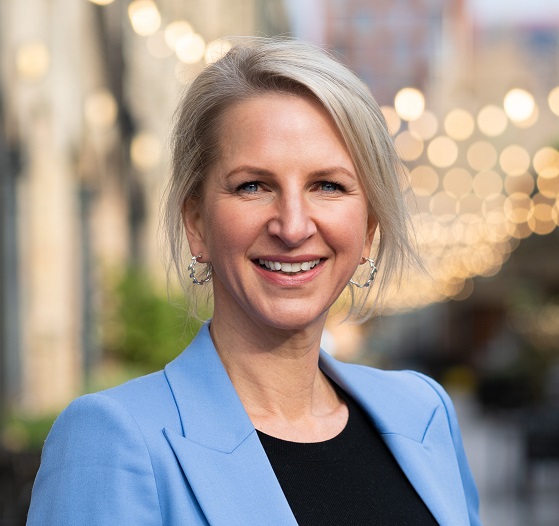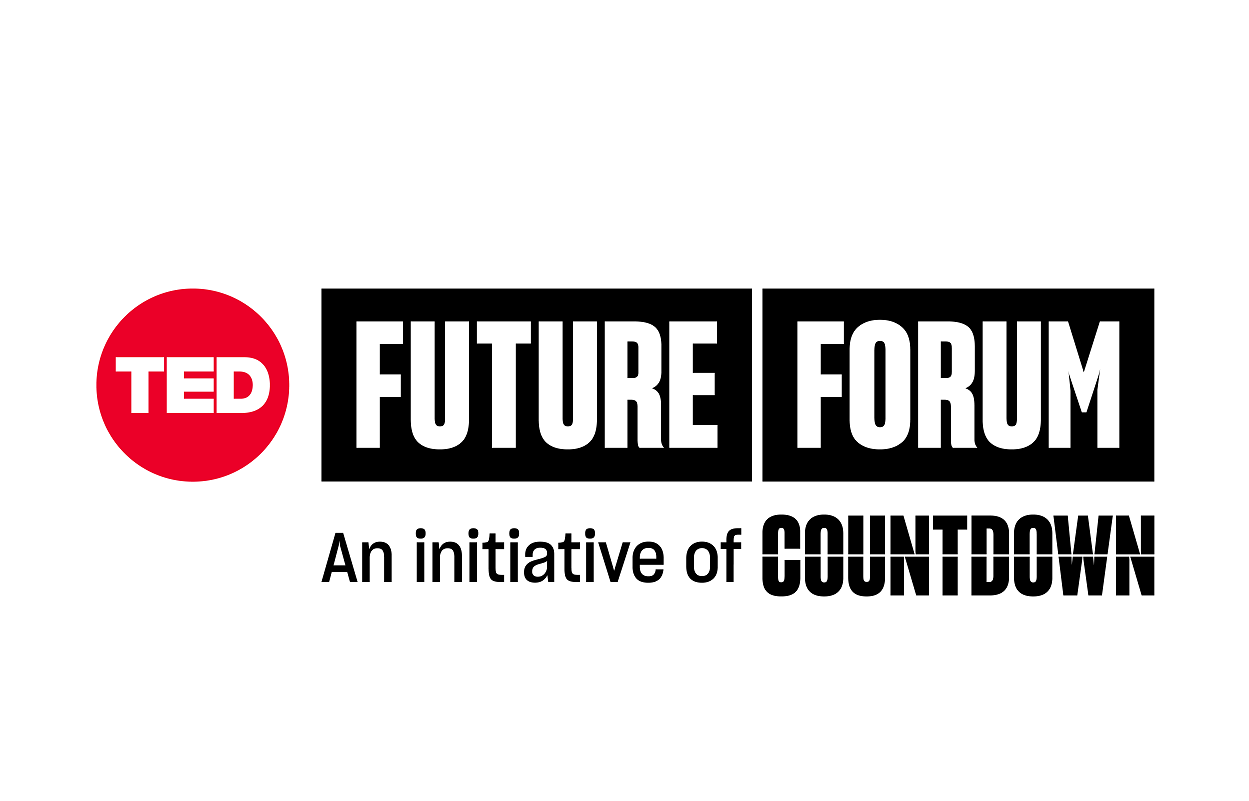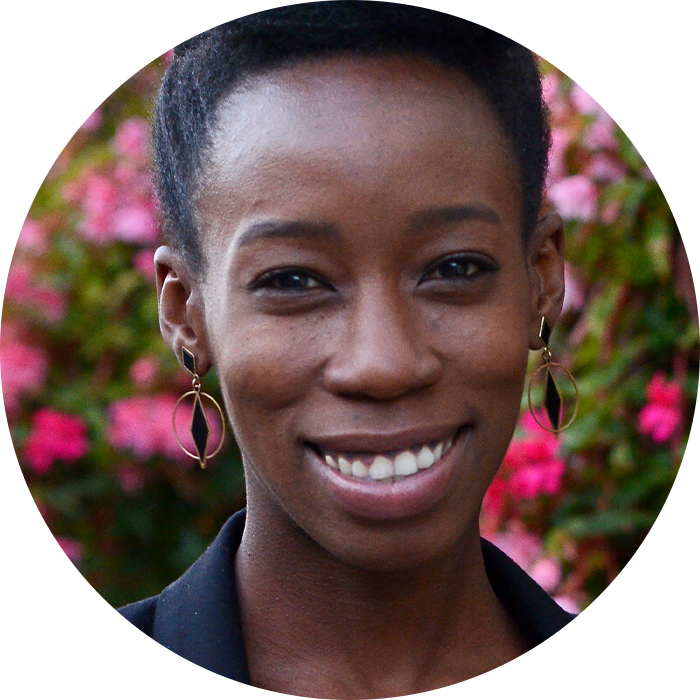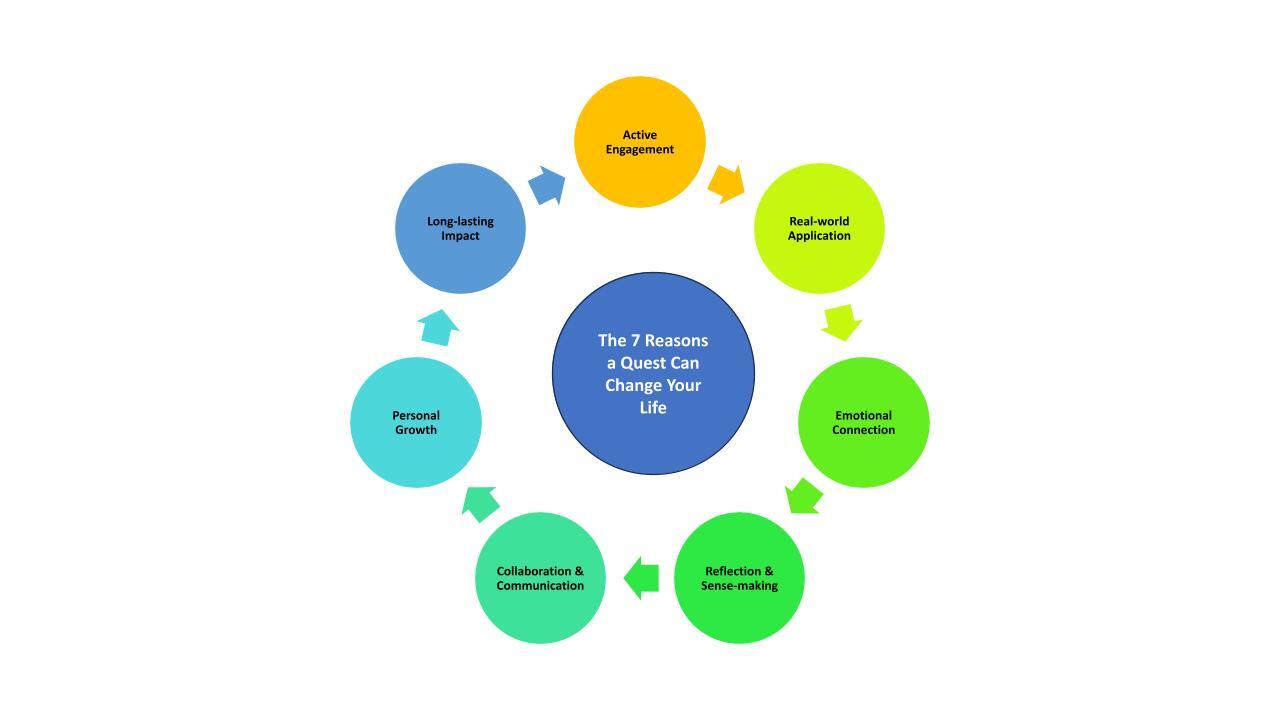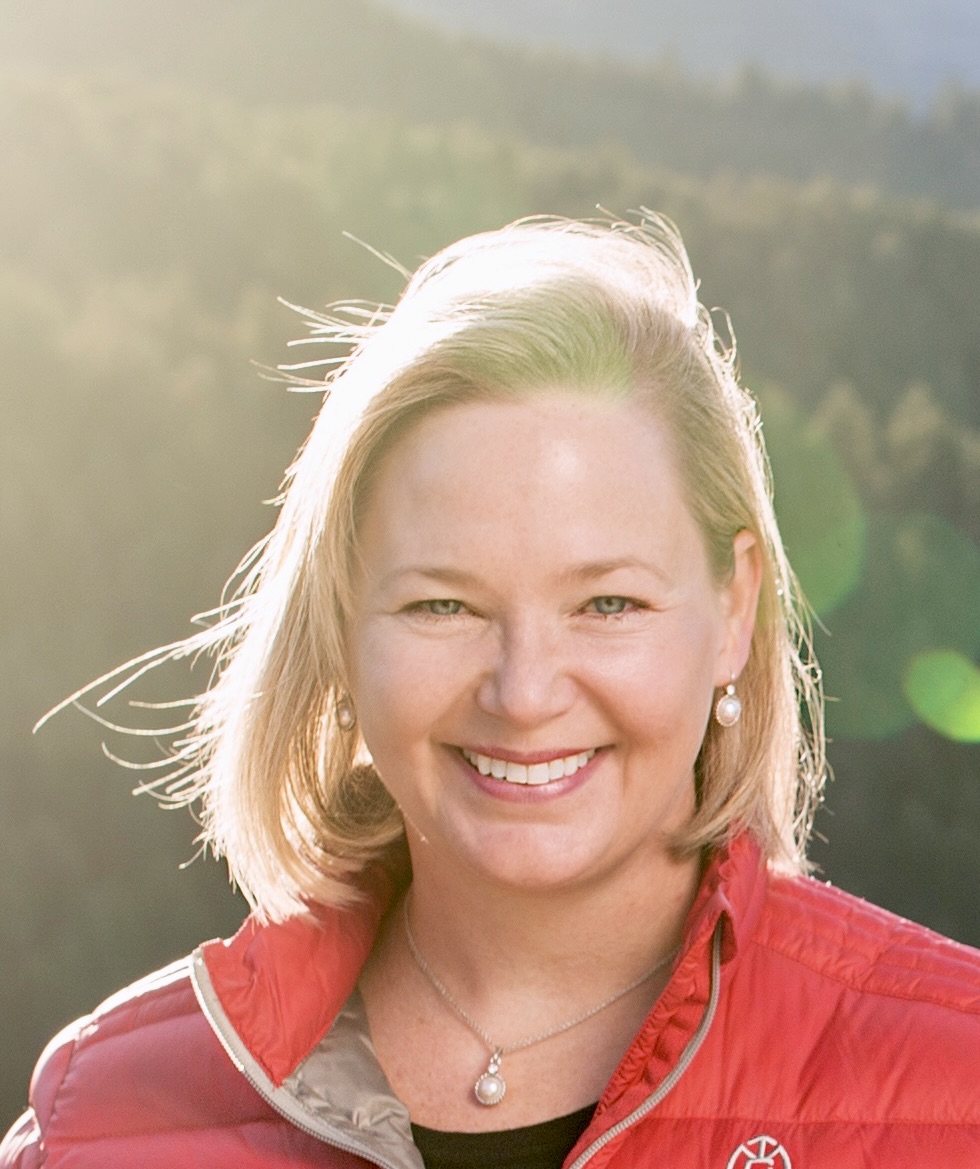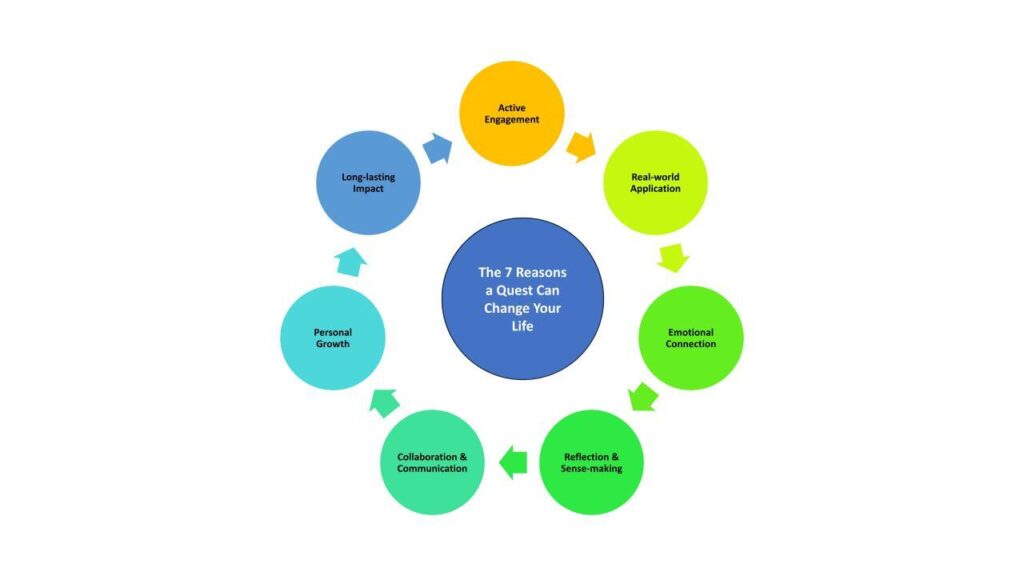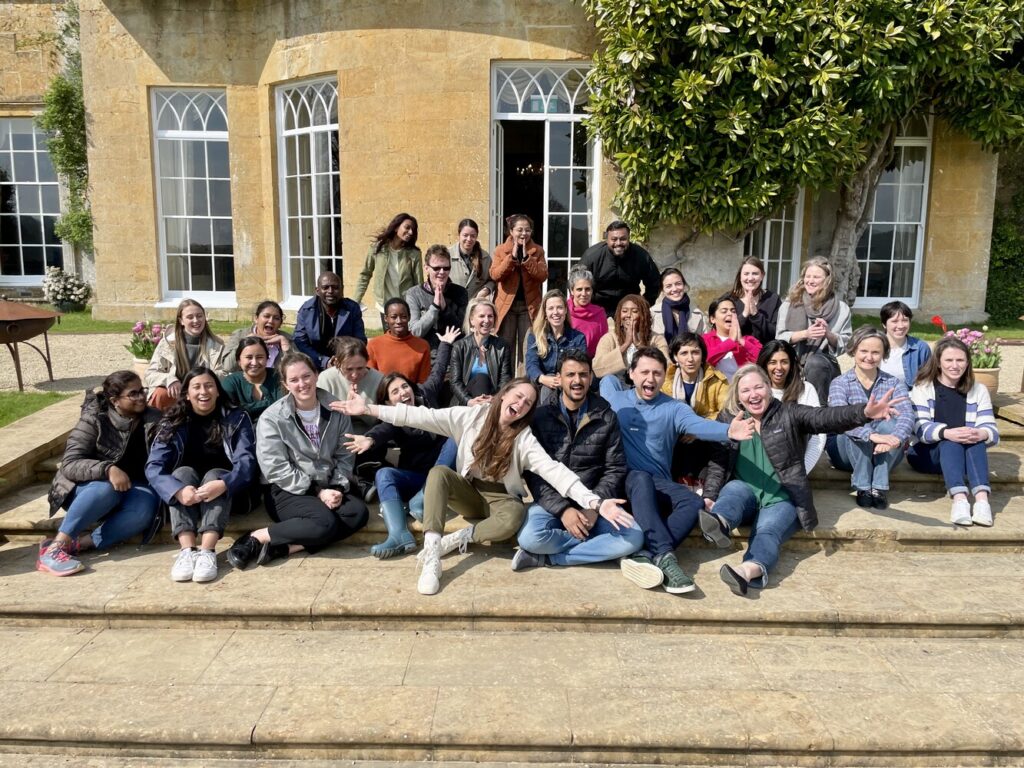What Makes a Leadership Development Program Succeed?
With so many leadership development programs on offer, ranging from business schools to the big consultancies, how can you decide which is the right choice for your senior leaders or high potentials? In this article we’ll be exploring what makes a leadership development program succeed.
Types of leadership development and how they work
Leadership development programs come in various forms, each designed to enhance different aspects of leadership. Different types may be needed depending on the ambition of the individual leader, and their organization. Types of leadership development include:
- 1. Formal leadership development programs such as MBA programs and executive education are offered by universities and business schools. These are educational and usually include a blend of in-person and online courses.
- 2. Workshops and seminars provide shorter-term, more intensive sessions with a specific focus such as communication, change management or strategic thinking.
- 3. Coaching and mentoring, often seen in high potential development solutions, offers one-to-one guidance by experienced leaders or professional coaches to address individual development needs, career goals and leadership skills.
- 4. On-the-job training includes organization-based programmes, again often for high potential development, and provides practical experience through job rotations, project leadership roles, and stretch assignments to develop leadership skills.
- 5. Immersive programs such as leadership retreats and offsites are immersive programs that take participants out of their usual environment to focus intensively on their personal leadership and to reflect on their role as leaders.
What is experiential learning and why is it relevant to senior leaders?
At Leaders’ Quest (LQ), we believe in the power of experiential learning for successful leadership development. Experiential learning is the use of hands-on, real-world experiences that build skills, shift perspectives, and create the conditions that enable change.
This ethos has been with LQ since our inception and it’s reflected in our Quests: effective leadership development programs that we design and deliver throughout the world, that immerse leaders in the forces shaping business and society.
Quests offer a dynamic and immersive approach to the learning process that propels leadership development and enables positive change. We dial up creativity and edge to maximize engagement and cultivate learning that sticks and can be applied in a real world leadership role.
How do experiential learning programs improve leadership style?
A Quest is animated by the environment on the ground and the people we meet — not only the changemakers who inspire participants to see their roles and the challenges they’re facing in a new light, but also fellow leaders and peers who are on their own journeys alongside our clients.
To maximize impact, we embed the objectives and themes that matter most to each organization into the design of each Quest. This approach enables participants to experience the real-life application of the skills, values, and solutions they seek to emulate in their leadership style.
Factors that make Quests so effective at leadership development include:
- Active engagement: Quests catalyze learning in real-time, with hands-on experiences centered on achieving personal leadership and organizational goals.
- Real-world relevance: Quests provide a front row view to the change and results that leaders and potential leaders seek, with participants gaining immediate applicability as they learn.
- Emotional connection: Participants come away moved and inspired, with memorable insights that support their growth for years to come and enable them to become a more effective leader.
- Diverse perspectives: On a Quest, senior leaders have the opportunity to learn from members of our global network of change-makers, ranging from business leaders to community leaders, on every continent.
- Multi-sensory learning: Quest visits contain visceral activities and experiences that engage multiple senses and reinforce learning for participants, boosting their leadership skills.
Why Quests provide impactful learning experiences for senior leaders
On a Quest, clients don’t just see change, they also feel something different. Unexpected connections and exposure to new behaviors inspire in ways that last for years beyond.
Participants might meet a company that struggled and then succeeded at a technology transition, or scientists inventing low-carbon building materials. We might spend time with ex-offenders now working in a bakery that produces sweets for a beloved ice-cream manufacturer and learn about potential, inclusivity, and empowerment. In parallel, we could speak to the CEO of a multinational corporation on leading with purpose and fostering trust.
We build in space for reflection and sense-making, enabling participants to surface insights and share perspectives. We then discuss how to apply what they’ve learned that can be applied to their personal leadership.
What makes a successful leadership development program?
A successful leadership development program should:
- Set clear objectives with well-defined goals aligned to organizational needs or ambition
- Be highly personalized to address the needs and aspirations of individuals, and group dynamics.
- Include highly experienced facilitators who can enable participants to get the most out of the program by providing direction, or by holding space for reflection and learning.
- Have practical application by incorporating hands-on experiences to reinforce learning and development of leadership skills.
At LQ, we deliver programs that offer this, and more.
About Leaders’ Quest leadership development
At Leaders’ Quest, our programs provide learning, growth, and connection that set participants up to be effective leaders capable of motivating teams and helping their organization thrive.
For over 20 years, we’ve delivered Quests to clients across industries and sectors and have helped them achieve:
- Sustained confidence around navigating complex challenges, and finding the opportunities of the future.
- New leadership skills that support individual and collective resilience, agility, and creativity.
- Establishing future-focused, strategic thinking practices that leverage your strengths and create alignment across all levels of teams from high potential development to senior leaders.
- Stronger collaboration, trust, and cohesion — underlined by renewed excitement to work together on something big.
- A shared sense of purpose and following through on values to better serve all stakeholders.
At Leaders’ Quest we support our clients with leadership development and ambitious, purposeful culture transformation to achieve their strategic aims. We do this by immersing leaders on a journey to deepen their wisdom and capability through unforgettable programs that are aligned to strategic goals, achieve long-lasting results and prime organizations for a sustainable future.




